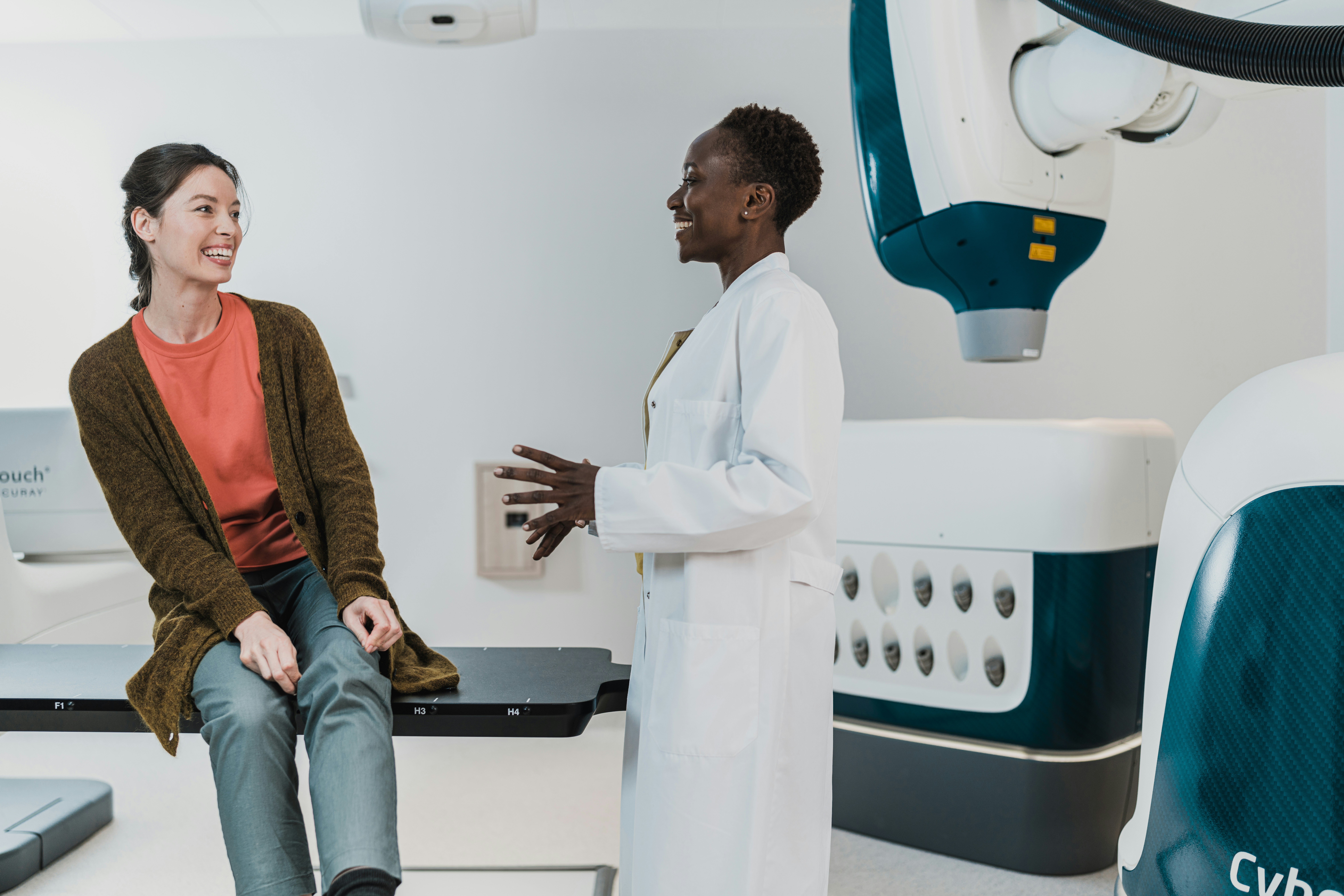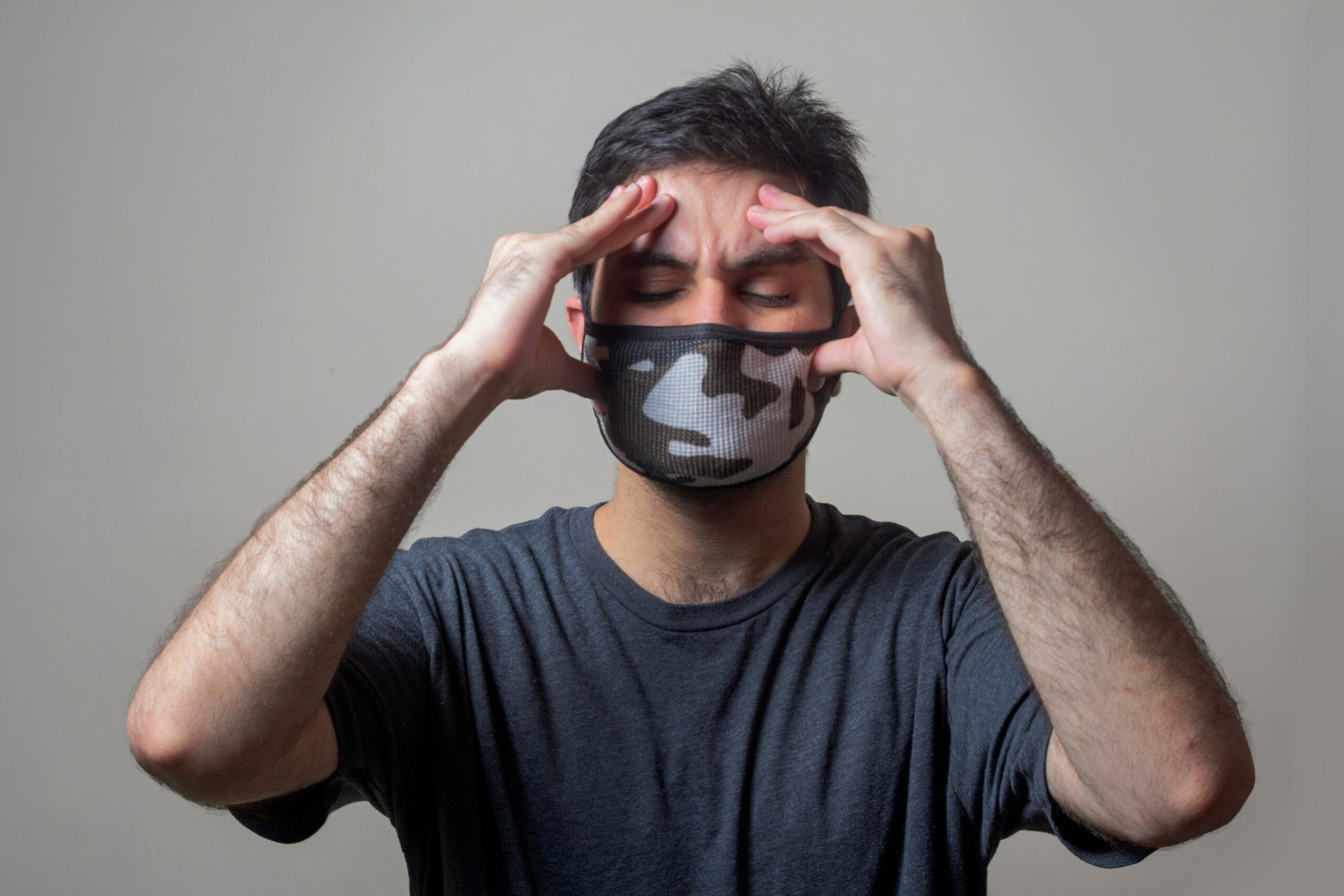An osteopath is a healthcare professional who works in osteopathy. Osteopathy is a portion of medicine that aims to discover, treat, and halt well-being issues by utilizing physical touch, such as controlling and massaging the muscles and bone system.
Osteopaths don't work the same way as standard specialists; they generally utilize their hands to feel issues in your body and settle what is required. In osteopathy, the body is seen as one entirety piece where each portion interfaces with others. This all-encompassing strategy centers on how structure and work are connected once you are solid or debilitated. It concentrates on upgrading the body's natural recuperating forms and general capacity.
Osteopathy![]() , a manual medication begun in the late 19th century by Dr. Andrew Taylor Still, accepts that the body works as one whole unit and can heal itself. It centers on the relationship between structure and work inside our bodies.
, a manual medication begun in the late 19th century by Dr. Andrew Taylor Still, accepts that the body works as one whole unit and can heal itself. It centers on the relationship between structure and work inside our bodies.
Osteopathy improves health by extending muscles or tissues, rubbing diverse body parts, and moving joints. The objective is to improve the bloodstream and decrease pain indications, helping our bodies better manage themselves. This complete method goes beyond fair manual treatment; an osteopath generally gives counsel on posture, working out, and counting calories to improve general well-being.

Osteopathy is beneficial for individuals with issues with their bones, muscles, or joints. It can help with issues like back and neck pain, joint pain, and cerebral pain caused by push. Sports wounds are another area where osteopathy can offer assistance in treating sudden and long-term issues connected to the bones, muscles, and joints.
Conditions needing normal care incorporate sciatica (torment from the irritated sciatic nerve![]() ) and monotonous strain wounds. Moreover, osteopathy makes a difference in overseeing pose-related issues, which can be very good for individuals who sit a lot because of their inert way of life. Pregnant ladies, babies, and children might too pick up benefits from osteopathy for distinctive issues, such as torment during childbirth or colic and, indeed, development issues. Osteopathy is mostly useful for individuals who explore a whole-body strategy to oversee torment and move forward with general well-being.
) and monotonous strain wounds. Moreover, osteopathy makes a difference in overseeing pose-related issues, which can be very good for individuals who sit a lot because of their inert way of life. Pregnant ladies, babies, and children might too pick up benefits from osteopathy for distinctive issues, such as torment during childbirth or colic and, indeed, development issues. Osteopathy is mostly useful for individuals who explore a whole-body strategy to oversee torment and move forward with general well-being.
The following strategies depict how osteopaths handle symptomatic challenges:
The primary step within the conclusion is to get a careful restorative history. The osteopath will ask about side effects, past well-being issues, way of life choices, and previous medications or surgeries. That makes a difference because they urge a total understanding of the patient's well-being and distinguish any concealed causes for their side effects. This broad history gathering is pivotal for making a successful treatment technique that centers on the root cause, not fair tending to the side effects.
Once the osteopath has accumulated a therapeutic history, he continues with a physical check-up. That includes watching how the patient stands and strolls, as well as looking at their extent of development. The osteopath employs his hands to palpitate the patient's muscles, joints, and tissues. They endeavor to find spots that have pressure, snugness, or lopsidedness. The osteopath often inquires about the understanding of specific developments so they can see how the body responds. This hand examination is imperative for finding out what zones require treatment and choosing which strategies are best to utilize.
Separated from the initial physical examination, osteopaths may utilize other ways to comprehend the patient's total inconvenience. These can be orthopedic tests, checks on neurological things, and assessments of reflexes. Orthopedic tests![]() discover issues with bones, joints, and muscles. Neurological tests check the functioning of the nervous framework, whereas reflexes are a way to look at how muscles and nerves work together in your body. When these two strategies of conclusion are utilized together, osteopaths can comprehend a patient's well-being circumstance more comprehensively and alter their treatment in like manner.
discover issues with bones, joints, and muscles. Neurological tests check the functioning of the nervous framework, whereas reflexes are a way to look at how muscles and nerves work together in your body. When these two strategies of conclusion are utilized together, osteopaths can comprehend a patient's well-being circumstance more comprehensively and alter their treatment in like manner.

Common causes of treated well-being issues by osteopaths incorporate the following:
Osteopaths have great information and capacity to help with torments in muscles and bones, such as back throbs, neck soreness, bear distress, or joint torment. They utilize strategies like extending out muscles and rubbing the excruciating zones. Osteopaths, moreover, alter joints to upgrade their work. These strategies are great at expelling torment, diminishing irritation and swelling in tissues around bones and muscles, and making a difference in those with firmness or inconvenience moving more easily. By finding the most common causes of torment, osteopaths give enduring help and halt issues from reoccurring.
Within the case of sports wounds, competitors regularly turn to osteopathic treatment. Osteopaths can help with sudden sprains, strains, and breaks. They also offer assistance in bargaining for long-term issues like tendonitis or dreary strain wounds. Treatment must create less torment, way better development, and quick recovery. Osteopaths donate recommendations on how to dodge wounds and perform well in sports. It is valuable for competitors.
Customary and serious cerebral pains, called headaches, can diminish the joy of life to a really low point. Osteopaths look at muscle and bone difficulties that may be contributing variables to this issue. Approaches such as cranial osteopathy include softly touching the cranium and spine to reduce pressure and upgrade blood circulation, which will reduce the recurrence or concentration of migraines and headaches.
Osteopathy is advantageous for people who experience assimilation complications. Osteopaths improve the functioning of the stomach-related framework by treating the spine and stomach zone. That helps make nerves work productively and increases blood supply to these parts. This strategy benefits sicknesses such as irritable bowel syndrome (IBS) and stoppage. By caring for the muscles and bones related to these issues, osteopaths may decrease side effects while improving generally stomach-related wellness.
Issues with breathing, like asthma and bronchitis, may get superior through osteopathy. Osteopaths have certain strategies they apply to help with the development of the rib cage and stomach, which can make it less difficult for a person to require breaths. It may diminish signs and upgrade life quality for those with constant breathing issues. Osteopathic treatment![]() can fortify the body's immune system, making a difference in anticipating respiratory contaminations.
can fortify the body's immune system, making a difference in anticipating respiratory contaminations.
During pregnancy, the body experiences numerous changes that can cause inconvenience and torment. Osteopaths help pregnant ladies through delicate medicines that ease discomfort, improve development, and help their bodies adjust to changes during this stage. After a child is born, the body encounters noteworthy changes. So, postnatal care becomes exceptionally pivotal as well. Osteopaths can help with recuperation preparation for unused moms and address any muscle or bone issues related to pregnancy and childbirth.

Preparing for an osteopathic arrangement implies taking simple steps to guarantee a positive result. It is imperative to gather critical well-being data, including points of interest regarding current or past ailments, drugs you're taking nowadays or were previously, and therapies you've had some time recently. It could be an aide for your back who will remember your past sicknesses and make treatment based on what you require.
Dress in comfortable, free outfits. This helps specialists effectively check and treat certain zones. It would also offer assistance if you wrote down your awful well-being sentiments. Clarify when they start, depict how they feel, and tell what things help or make them more regrettable. This data helps the osteopath understand your condition and create a viable treatment arrangement.
After you attend the visit, you must tell your specialist about your past sicknesses and side effects in incredible detail. The osteopath will ask you questions and analyze you physically. It is nice to be open and legitimate about your well-being and any stresses. It makes a difference if the osteopath provides you with the most excellent care.
After the exam, the osteopath will examine what they discover and clarify how to treat it. That's the time to inquire about a healing arrangement and learn what happens after. Understanding the method can lighten uneasiness and guarantee you feel comfortable and informed.
Osteopathy could be a full strategy for treating human well-being. It shows how our bodies' shapes and capacities are associated. Osteopaths utilize their hands to find issues, repair them, and prevent more issues from happening. The troubles can be muscle and bone torment or breathing or assimilation troubles. Centering on the most common causes of well-being issues and supporting the body to mend itself normally, osteopathy gives an unmistakable and compelling method for bettering overall health.
If someone feels harmed or cannot move effectively, it might be due to sudden harm, a ceaseless well-being issue, or things that happen frequently. They might get help from osteopathy. To determine the patient's issues, they first take a detailed restorative history and perform a careful physical examination with other testing strategies to obtain full information about the patient's condition. Extraordinary care is given to each individual, and numerous hands-on strategies are utilized to diminish torment, move forward in development, and increment, by and large, well-being.
Getting prepared to go to an osteopath implies you must gather your well-being reports, put on a dress effortlessly, move in, and tell the truth about how you are feeling and any signs of ailment. It makes a difference that an osteopath offers the most excellent treatment, helping you maintain great well-being.
Osteopathy helps all humans. It is useful for everybody, regardless of age or background. If you've got a certain well-being issue or need to feel better, osteopathy gives you a comprehensive and individual way to advance and recuperate.